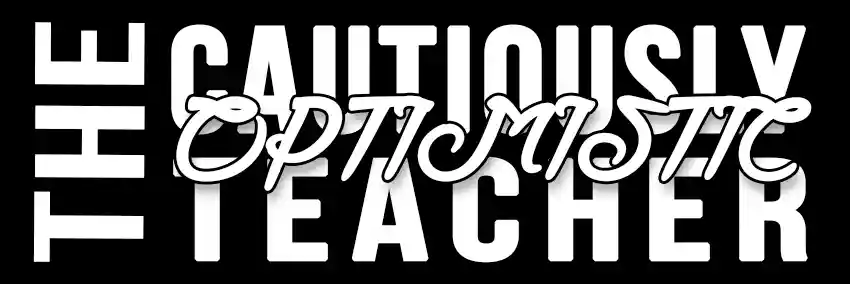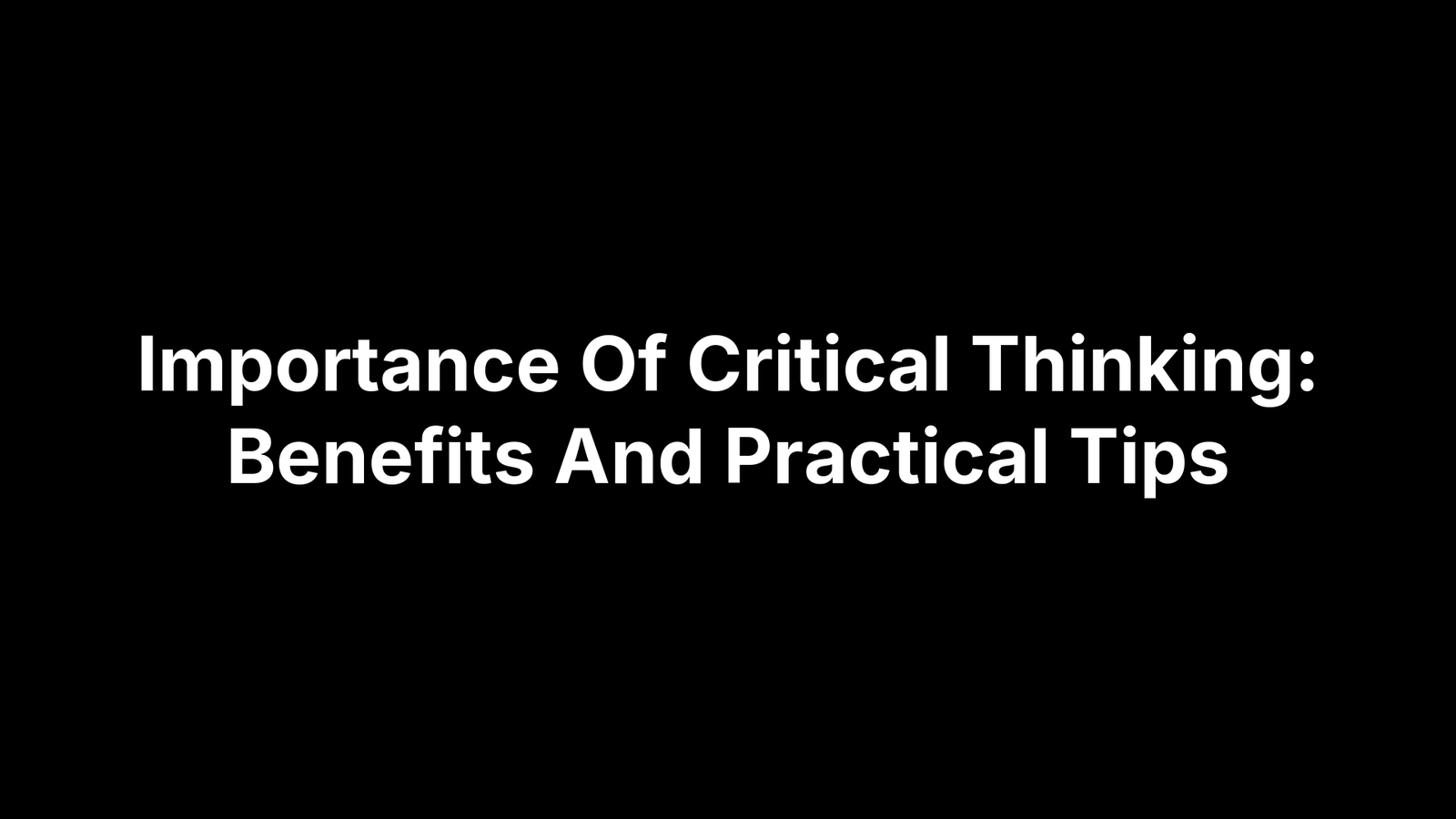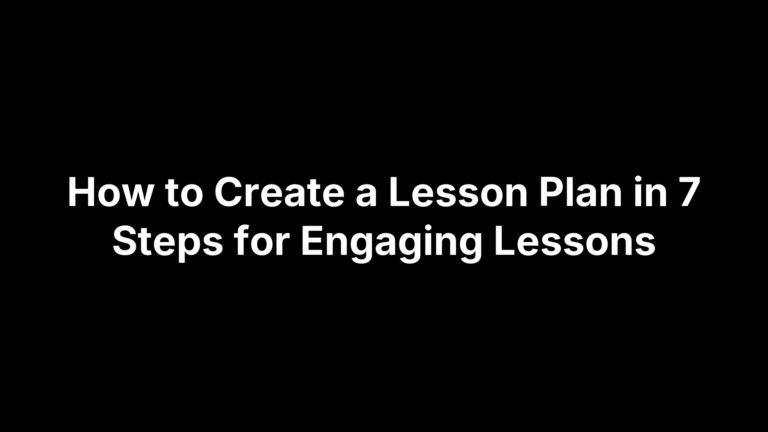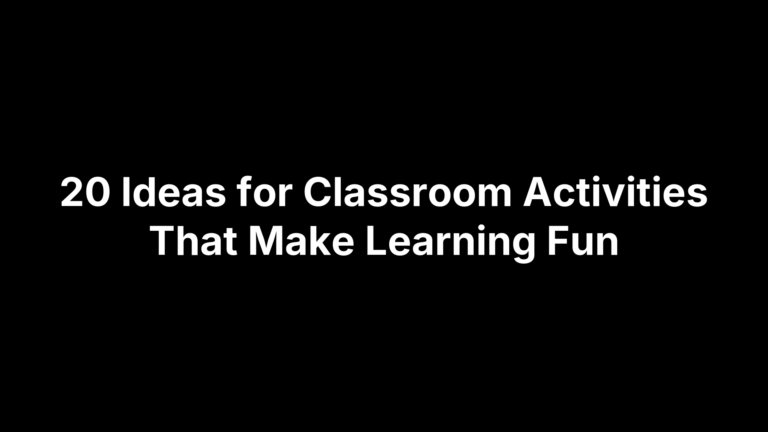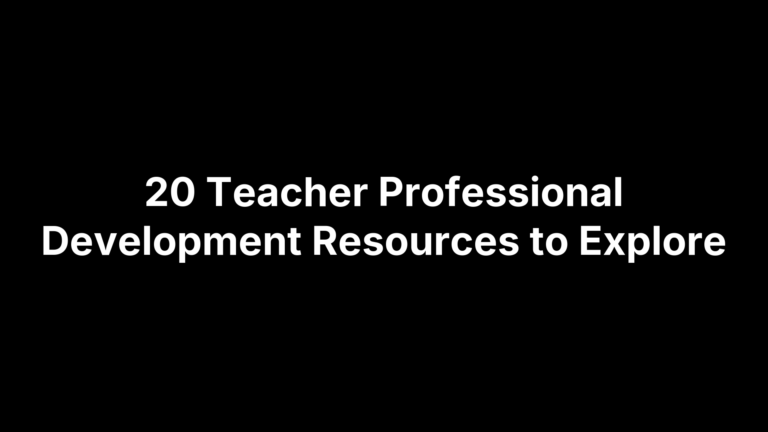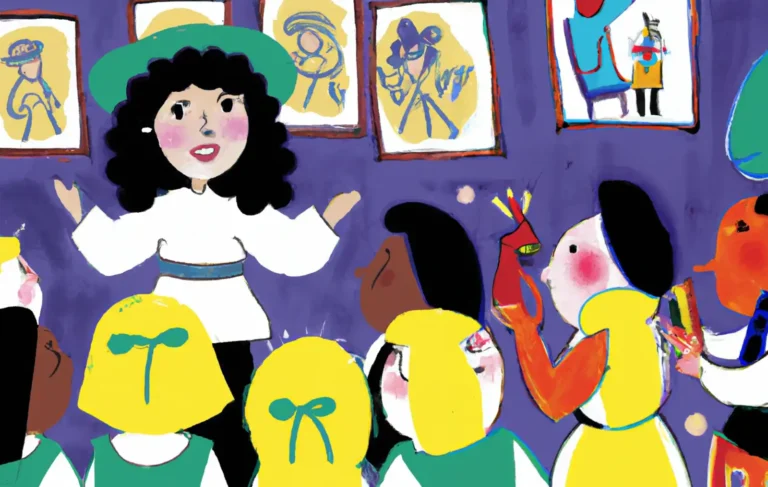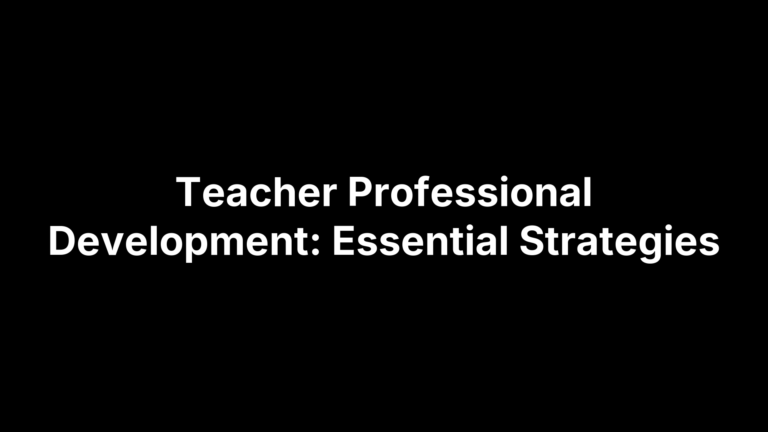Importance Of Critical Thinking: Benefits And Practical Tips
Critical thinking is the everyday habit of slowing down, asking better questions, weighing evidence, and making a fair, well‑reasoned judgment. It’s not about being skeptical for sport or arguing every point; it’s about being curious, precise, and open to changing your mind when stronger information appears. Put simply, it’s how we move from “I think” to “I can show why,” and it’s a teachable skill that helps students and teachers cut through noise, bias, and half‑truths—on paper, in conversation, and online.
This guide explains why critical thinking matters in classrooms, breaks the skill into clear, teachable parts, and shows you what it looks like in practice. You’ll find benefits you can expect, common myths to avoid, a quick source‑checklist, modeling moves, ready‑to‑use activities, assessment ideas that keep curiosity alive, and tips for tackling digital literacy and AI. By the end, you’ll have a simple plan to weave critical thinking into your next unit—without adding hours to your prep.
Why critical thinking matters for students and teachers
Critical thinking pays off for students and teachers. For students, it turns content into capability: they analyze claims, spot bias, and build arguments grounded in evidence—skills employers (via NACE) consistently rank among top career readiness needs. For teachers, it sharpens instructional choices and feedback while checking our own assumptions. With AI tools and misinformation accelerating, the importance of critical thinking is less a bonus and more a baseline for responsible learning.
- For students: Stronger decision-making and problem-solving, clearer writing, and the ability to identify misinformation.
- For teachers: More consistent, evidence-based feedback, better questioning, and reduced bias through self-reflection.
- For the classroom: Richer, more civil discussions, inclusive of multiple perspectives, and improved communication grounded in evidence.
The core elements of critical thinking
To make critical thinking concrete and teachable, break it into a small set of repeatable moves. Educators such as Dr. Norman Herr outline five elements that map neatly onto classroom tasks and discussions. Treat them as a cycle: students surface claims, test them against evidence, and refine conclusions with logical reasoning and bias checks throughout.
- Identify premises and conclusions: Pinpoint what’s being claimed and on what grounds.
- Clarify the argument: Define terms, spot ambiguity, and restate complex points plainly.
- Establish facts: Verify evidence, look for contradictions, and separate fact from opinion.
- Evaluate logic: Use inductive or deductive reasoning to judge whether conclusions follow from the evidence.
- Final evaluation: Weigh the argument against the totality of credible evidence and consider alternative explanations.
These elements make the importance of critical thinking visible, assessable, and transferable across content areas.
Benefits you can expect in the classroom
Teach these moves and you’ll feel the payoff quickly: discussions run on reasons rather than volume, student writing tightens around claims and evidence, and learners become less dependent on you to “tell them the answer.” They also make better decisions in projects and real-life tasks, and they’re more skeptical of shaky sources—an edge employers value, with NACE listing critical thinking among top career readiness competencies.
- Better decision-making and problem-solving: In labs, projects, and group work.
- Clearer, evidence-based communication: Tighter writing and more civil, productive discussions.
- Stronger source evaluation: Greater resistance to misinformation during research.
- Bias awareness and self-reflection: Judgment improves as students check assumptions.
- Career-readiness gains: Skills align with employer expectations highlighted by NACE.
Common myths and pitfalls to avoid
Misconceptions about critical thinking can quietly derail instruction. When students equate it with nitpicking—or teachers treat it as innate—engagement drops. Reset expectations to keep momentum and reinforce the importance of critical thinking as a practical, repeatable habit that improves work, not just opinions.
- Myth: You’re born with it. It’s teachable through explicit, guided practice.
- Myth: It kills creativity. Strong reasoning supports innovative, workable solutions.
- Pitfall: Headline trust/single‑study hype. Read beyond titles and triangulate evidence.
- Pitfall: Confirmation bias/groupthink. Invite disconfirming data and diverse viewpoints.
- Pitfall: “AI will do it.” Tools assist, but human judgment and context stay essential.
A quick checklist to evaluate information and sources
When research and discussion heat up, this brisk checklist helps students pause before they post, cite, or share. It pulls together media‑literacy red flags and the core elements above so they check purpose, evidence, and logic—not just headlines—amid misinformation, disinformation, propaganda, and AI‑generated content. It reinforces the importance of critical thinking in every subject.
- Credibility and vested interest: Who’s the author? Expertise, affiliations, funding.
- Purpose and type: News, analysis, opinion, sponsored content, or propaganda.
- Evidence and citations: Multiple sources, data, and method; note contradictions.
- Logic check: Do conclusions follow from premises, or rely on fallacies?
- Bias and balance: Outlet lean and your own; seek opposing views; consult media‑bias ratings.
- Verification: Corroborate with reputable outlets; use fact‑checkers like Snopes or FactCheck.org; read beyond the headline; watch for AI‑altered media.
How to model and teach critical thinking explicitly
Students learn the importance of critical thinking when we make the moves visible, name them, and practice them across tasks. Treat it like a routine: you model a short think‑aloud, students try it with support, then apply it independently. Keep language consistent so the moves become habits, not one‑off activities.
- Name the move: “I’m identifying the claim… now I’m checking the evidence… now I’m testing the logic.”
- Think‑alouds on small texts: Headlines, graphs, or short quotes; ask, “What counts as evidence here?”
- Use visible routines: Claim‑Evidence‑Reasoning with sentence stems (“Because… therefore…”).
- Post mini‑criteria: Anchor a checklist aligned to the five elements (premises, clarity, facts, logic, final evaluation).
- Rehearse counterarguments: “What’s the strongest opposite view—and how would we answer it?”
- Require source notes: Author, purpose, funding, bias; verify with a second source.
- Give process‑based feedback: Praise reasoning steps, not positions; request revisions that tighten evidence.
- Gradual release: I do → We do → You do, across readings, discussions, and writing.
Practical strategies and activities you can use this week
Pick one 10–15 minute routine and run it daily. You’ll make the importance of critical thinking visible without reworking your unit. Keep the moves small, repeatable, and tied to content you already teach so students build judgment alongside knowledge.
- Headline → Evidence: Take a headline; list three pieces of evidence you’d need before believing it.
- CER speed‑write: In five minutes, draft a Claim‑Evidence‑Reasoning paragraph; swap and give one logic note.
- Counterclaim carousel: Post a class claim; groups add the strongest counterargument and a fair rebuttal.
- Source triage: Bring three links; label news/opinion/sponsored, note vested interests, and verify one fact.
- Red‑flag mini‑hunt: Classify a post as fake news, misinformation, disinformation, or propaganda—and justify why.
- AI double‑check: Get an AI summary, then confirm two facts with independent sources; mark any gaps or bias.
Assessing critical thinking without killing curiosity
If assessment feels like a gotcha, students play it safe. Keep the focus on reasoning moves, not just right answers. Use light, process‑oriented tools that reward clarity, evidence, and revision. Align criteria to the core elements (premises, clarity, facts, logic, final evaluation) so students see exactly how to improve. The importance of critical thinking grows when feedback is fast, specific, and invites another try.
- Use a single‑point rubric: Anchor to the five elements; add “evidence to add” and “logic to tighten.”
- Score think‑alouds: Two minutes to narrate the claim → evidence → reasoning path.
- Require source notes: Credit verification and bias checks alongside citations.
- Reward revision quality: Grade improvements and how feedback was applied.
- Portfolio + conference: Students curate artifacts with brief annotations naming the moves they used.
Applying critical thinking to digital literacy and AI
AI can summarise, remix, and even invent with confident tone—so digital literacy now means treating AI output and online media as claims to be tested, not truths to be trusted. Students should expect hallucinations, biases from training data, and convincing deepfakes (recall the AI images that seemed to show a celebrity at the 2024 Met Gala). Make the importance of critical thinking explicit by pairing every AI‑assisted step with human verification.
- Assume verification is required: Corroborate AI output with independent, credible sources and read beyond headlines.
- Interrogate provenance: Who made this text, image, or video? Look for metadata, context, and original posting trails.
- Run bias checks: Note outlet lean and your own perspective; compare multiple perspectives using media‑bias ratings.
- Classify the content type: Fake news, misinformation, disinformation, or propaganda—and justify the label with evidence.
- Cross‑check facts: Use reliable fact‑checkers for specific claims; log what was confirmed, contradicted, or unclear.
- Document the process: Keep brief source notes on author, purpose, funding, and what was verified or still in question.
Building an inclusive critical thinking culture
An inclusive critical thinking culture means students feel safe to test ideas, challenge respectfully, and change their minds. Viewpoint diversity helps cancel confirmation bias, and employers prize inclusive reasoning and judgment. Center evidence over volume and separate people from ideas. This reinforces the importance of critical thinking as a shared habit.
- Set shared norms and sentence stems: “I hear…,” “The evidence suggests…,” “A competing view is…”
- Rotate roles: Facilitator, evidence‑checker, and skeptic to balance airtime and accountability.
- Practice empathy with counterarguments: Name the strongest opposing view fairly, then rebut it with evidence.
- Offer equitable access: Build in wait time, multiple modalities, and language supports for multilingual learners.
Real-world and workplace connections students will recognize
Students buy things, hold jobs, and navigate nonstop information—exactly where the importance of critical thinking shows up. Employers consistently prize it for problem‑solving and sound judgment, and research notes it’s not something AI can simply replace. Connect class moves to what they already do so the skill feels job‑ready, not just “for school.”
- Smarter purchases: Compare product reviews vs. sponsored posts; check evidence before you click “buy.”
- Customer service triage: Identify root causes vs. symptoms when a client complains; propose fixes with pros/cons.
- Project roadblocks: Like a project manager, anticipate obstacles and test alternative plans before deadlines.
- Marketing choices: Analyze trends and audience data before pitching a campaign, not just “what feels right.”
- Health claims: Verify a viral remedy using multiple sources and a quick fact‑check.
- Social media savvy: Spot red flags and possible AI fakes; corroborate before sharing.
How teachers can grow their own critical thinking
We model credibility when we practice what we teach. Build tiny routines that slow impulse, surface bias, and welcome disconfirming evidence. Use colleagues to cross-check assumptions—the importance of critical thinking applies to us, too.
- Bias audit: Jot your take, then list why it could be wrong.
- Decision journal: Claim, key evidence, alternatives, outcome, lesson.
- Triangulate: Find two independent confirmations before citing data.
- AI guardrails: Treat output as draft; verify and note bias.
- Peer calibration: Co-review a sample using the five elements.
A simple plan to integrate critical thinking into your next unit
Use this plug‑and‑play plan to weave reasoning into content you already teach. It keeps prep light, makes thinking visible every day, and ends with a performance task students can own. You’ll reinforce standards while underscoring the importance of critical thinking in a way that sticks.
- Start with an essential question: Frame the unit around a claim students must test or argue using your core text, data set, or lab.
- Post a mini‑rubric: Use the five elements (premises, clarity, facts, logic, final evaluation) and sentence stems for Claim‑Evidence‑Reasoning.
- Run a daily 10‑minute routine: Headlines→Evidence, CER speed‑write, or Source Triage anchored to that day’s content.
- Require a source protocol: Two independent sources per major claim, plus notes on purpose, bias/vested interests, and a quick logic check.
- Build formative checkpoints: One think‑aloud, a single‑point rubric pass, and a revision that tightens evidence or reasoning.
- Finish with a performance task: Deliver a CER piece that includes the strongest counterargument, a verification log (including any AI checks), and a brief reflection on what changed their mind—and why.
Key takeaways
Critical thinking turns content into capability. When you name the moves, practice them daily, and reward revision, students communicate with evidence and resist misinformation; you also make faster, fairer instructional decisions. The aim isn’t perfect answers—it’s a repeatable process that holds up in class, online, and at work.
- What it is: A routine—identify claims, clarify terms, verify facts, test logic, conclude.
- Why it matters: Better decisions, clearer communication, stronger source checks; employers prize it.
- How to teach and apply: Model think‑alouds, use CER, rehearse counterclaims, and verify AI/media.
- How to assess: Single‑point rubrics, process‑focused feedback, revision credit, brief conferences.
Grab ready‑to‑use routines, mini‑rubrics, and checklists at The Cautiously Optimistic Teacher to make your next unit sharper—without extra prep.
